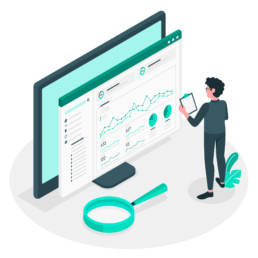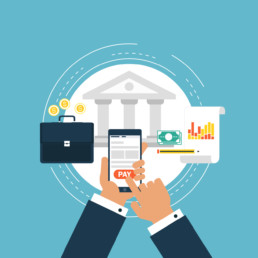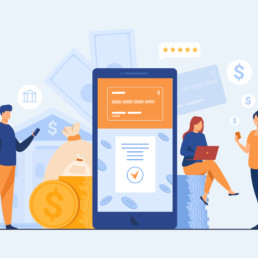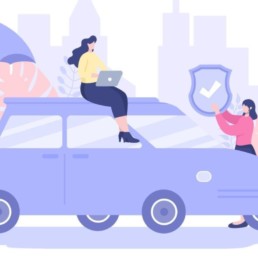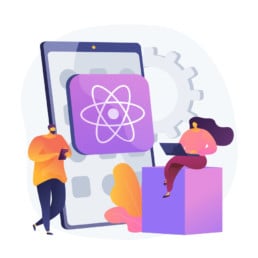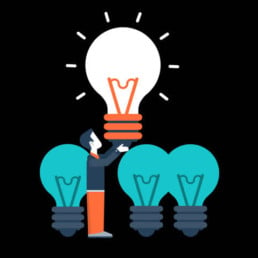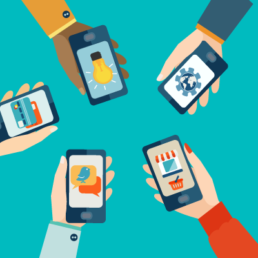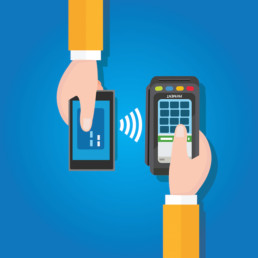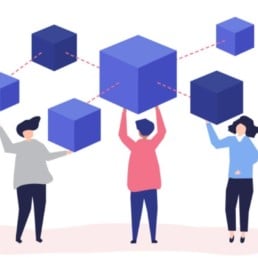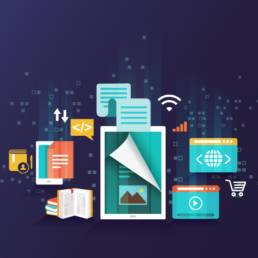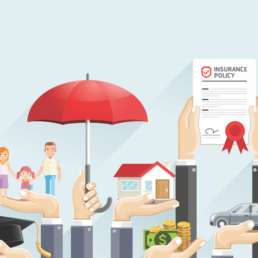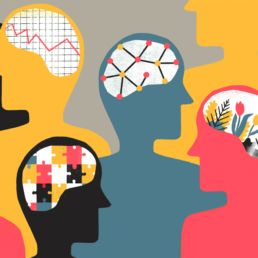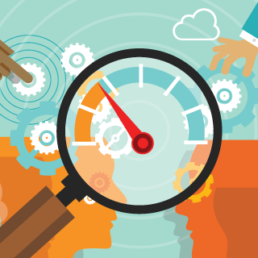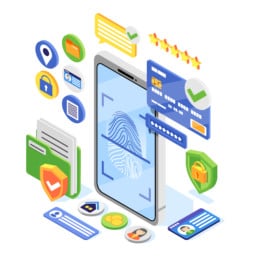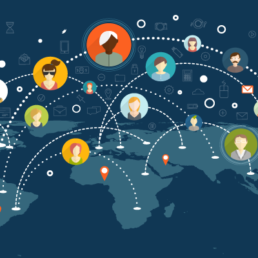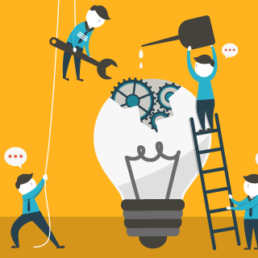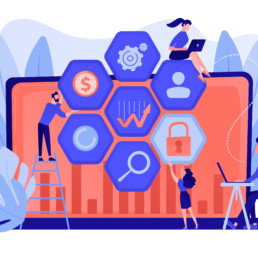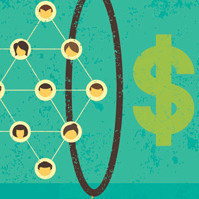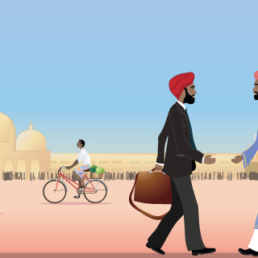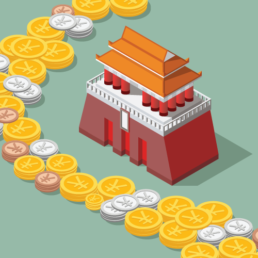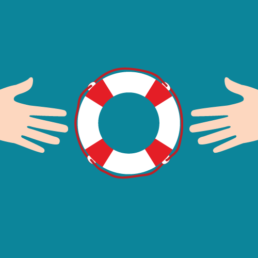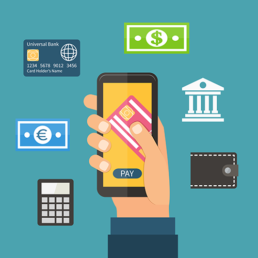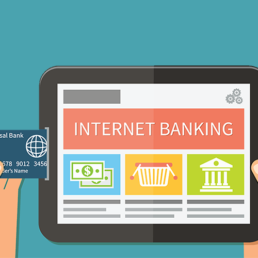Gamification : A Tool for Growth
Gamification is the process of using game psychology to offer fun experiences geared toward reaching a specific goal. Today, Gaming is one of the most popular forms of entertainment. However, gaming goes beyond entertainment as a tool to transform arduous tasks into captivating quests. Once you notice it, you will find it everywhere!
The world spent USD ~10 billion on gamification in 2022. This spending is estimated to surpass USD 115 billion by 2032!(1). Almost 70% of global 2,000 companies and 50% of start-ups use gamification(2). It has vast applications across financial services like creating innovative digital interaction models for customers, efficient internal operations, improved client acquisition and education, etc. Gamification works by tapping into extrinsic motivation and behavioral science. More specifically, it triggers motivation to complete a task based on external causes such as receiving a reward. The system of rewards and achievements activates reward pathways in the limbic system and amygdala, creating change in the brain. Gamified elements can:
1.Increase dopamine levels in the brain by up to 100%
2.Improve Net Promoter Scores (NPS) by 1.5x more than functional elements(3).
Exhibit 1. The Engagement Loop
Reaching New Levels
The use of gamification has proliferated across all industries, with retail, entertainment and education leading the charge. Apps like Duo Lingo, Kahoot, Fitbit, Starbucks etc., are all some of the most prevalent examples. Financial services has followed suit with gamification for improving customer loyalty and centricity, internal education, operational efficiency etc. Some of the leading examples are Revolut, Truist, Monobank, United Healthcare, Acorns, BBVA etc. have all incorporated gamified elements. There are two main causes for this recent growth of gamification in financial services:
1.Shifting Demographics
a) New Customer Segments: Covid-19 attracted previously underbanked segments such as Gen Z and developing countries, into using digital services. The population in developing economies with a bank account, or mobile money provider grew to 71% in 2022, up from 42% in 2011(4). Similarly, Gen Z is of special interest to financial institutions as they enter the workforce and inherit +$60 trillion wealth from their baby boomer parents. Retaining the attention of these recent customers requires new engagement models and exciting experiences.
b) Lower Engagement: Access to finance is inconsequential if people do not use the services available. In fact, 68% of consumers are less loyal today than pre-Covid and 57% of Gen Z say they’ve closed an account because they had a poor experience(5).
It’s important to cater to the needs of these clients who are new to financial services and are displaying low levels of engagement.
2. Increased Competition & Warning Engagement
a) Higher Competition: Customer loyalty has decreased as new and attractive fin techs and neo banks have entered the market with innovative services at lower costs. Customers have high expectations for services and a wide array of providers to choose from. In fact, 9% of customers acquired a financial services product from a new provider in the past 12 months(6). Clients are seeking best-in-class services and digital experiences that engage them past the point of opening an account and through engaging operations. According to research, 35% of customers believe they should be able to complete most financial services (e.g., taking out a loan) in under two hours.
b) Need to Engage Employees: Keeping up with client expectations and the competition requires a new digital experience powered by employees who are motivated to go above and beyond in their roles. Better employee experiences lead to 147 better performance compared to others, 25-65% less turnover, 37% fewer absences, etc(8). Building interactive internal education and productivity tools with gamified elements can help create positive experiences for employees and increase operational efficiency.
Gamification Use Cases
Reach New Customer Segments
Case Study
Broaden Financial Literacy
Case Study
Drive Product Adoption
Case Study
Improve Workplace Satisfaction
Case Study
Increase Employee Productivity
Case Study
The How-To Guide
Designing the right gamified solution requires a clear definition of goals and objectives, a strategic definition of the target audience, a comprehensive plan to build the experience, and a continuous search for improvement and success. Competitors are already seeing positive ROI from their investment in gamified solutions across their value chain. Competing in this domain requires careful analysis of the building components and clear objectives for success.
Exhibit 2. Creating your Gamified Experience
Game Over : Benefits & Pitfalls
Gamification has proven benefits across a wide scope of applications. 60% of customers who interact with gamified elements are more inclined to buy from that brand, and that jumps to 86% among customers with experience in gamification(14). In addition, brands that use gamified elements to engage their customers experience 63% lower customer attrition(15).
When executed properly, gamification restores brand value, creates emotional connections, and creates natural customer experiences. Revenue increases from 6-10% for brands that successfully tailor customer experiences by utilizing digital technology and proprietary data(16).
On the other hand, a poorly executed experience can harm the user and make it a nuisance. Gamification can backfire if poorly executed, as seen in the example of Disneyland Resort Hotels’ electronic leaderboard 2008, which caused employees to skip breaks to meet targets. To prevent such issues, it’s crucial to create a well-structured gamified experience with clear goals, seamless user interactions, and adherence to financial regulations.
Exhibit 3. Risks & Remediation
In Closing...
Gamification is a powerful strategy for the financial sector. Its recent sustained growth is not a mere fleeting trend, but something that is here to stay. As a tool, gamification aligns with the customer demand for interactive and personalized digital experiences, external pressures to increase customer acquisition and retention, and internal drive for optimal operations.
Financial institutions can use gamification to simplify complex products, enhance employee engagement, foster positive behaviors, and drive customer loyalty. Tailored solutions, powered by data and innovative technologies, are essential for success. However, challenges exist, including the need to strike the right balance between goals and rewards and ensure the target solution meets regulatory requirements.
The future of financial services is dynamic and gamified, offering growth, innovation, and interactive experiences. The journey has begun, and it’s time for the rest of the industry to embrace it.
__________________________________________________________________________________________________________
1.Precedence Research – Gamification Market (2023)
2.Zipia – “How Popular is Gamification?” (2022)
3.Stive Cloud – “How Better Experiences Enable Powerful Banks” (2022)
4. Asian Development Blog – “Banking on Fun” (2022)
5. Financial Brand – “Keys to Solving Banking’s Customer Loyalty & Retention Problems” (2022)
6. Financial Brand – “Gen Z Trends Impacting Banking” (2022)
7. Financial Brand – “Keys to Solving Banking’s Customer Loyalty & Retention Problems”
8. (2022)Forbes – “Why High Employee Engagement Results In Accelerated Revenue Growth” (2021)
9. Company Website
10. Company Website
11. Company Website
12. Company Website
13. Company Website
14. Advertising Week – “Level Up Your Loyalty” (2022)
15. Invertik – “Gamification n Management Systems” (2022)
16. Propello Cloud “Gamification Driving Loyalty” (2023)


















